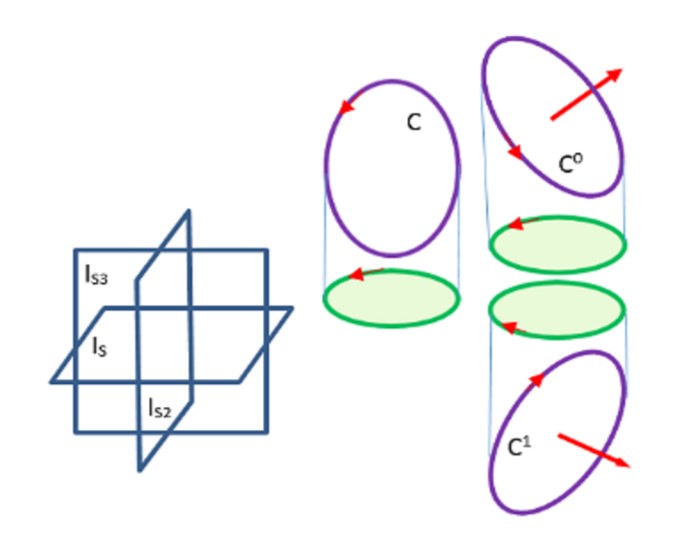Superposition of Wave Functions in the G-Qubit Theory
Abstract
Quantum computing rests upon two theoretical pillars: superposition and entanglement. But some physicists say that this is a very shaky foundation and quantum computing success will have to be based on a different theoretical foundation. The g-qubit theory supports that point of view. Current article is the first one of two and about the superposition principle. Quantum superposition principle states that any two quantum wave functions can be superposed, and the result be another valid wave function. It specifically refers to linearity of the Schrodinger equation. In the g-qubit theory quantum wave functions are identified by points on the surface of three-dimensional sphere . That gives different, more physically feasible, not mysterious, explanation of what the superposition is.
References
[2] Soiguine, A. (2015). "Quantum state evolution in C2 and G3+," 15 August 1915. [Online]. https://doi.org/10.48550/arXiv.1509.04148
[3] Soiguine, A. (2015). "Geometric phase in the G3+ quantum state evolution," 23 October 2015. [Online]. https://doi.org/10.48550/arXiv.1511.02777


This work is licensed under a Creative Commons Attribution 4.0 International License.
Copyright for this article is retained by the author(s), with first publication rights granted to the journal.
This is an open-access article distributed under the terms and conditions of the Creative Commons Attribution license (http://creativecommons.org/licenses/by/4.0/).








1.png)














